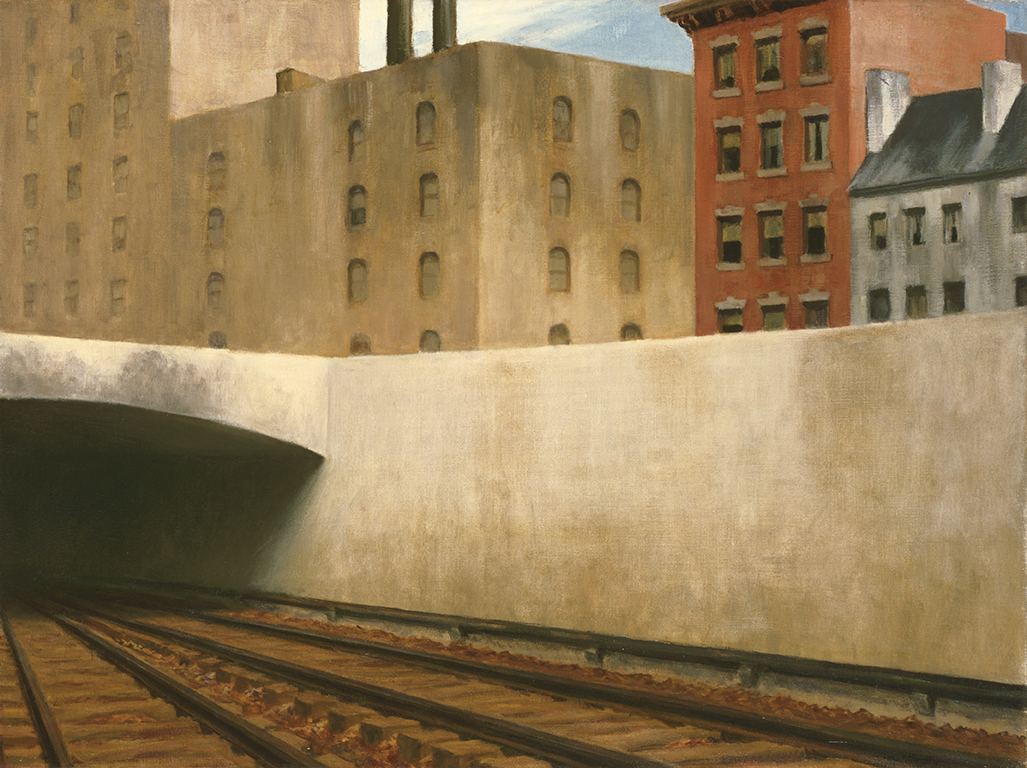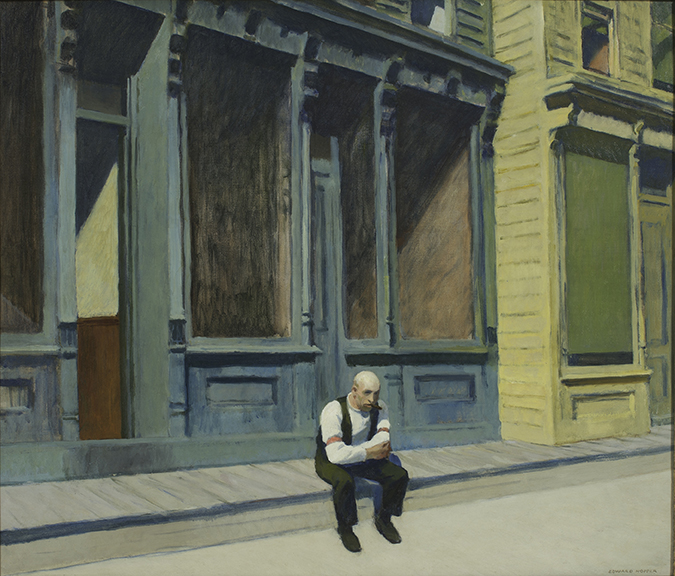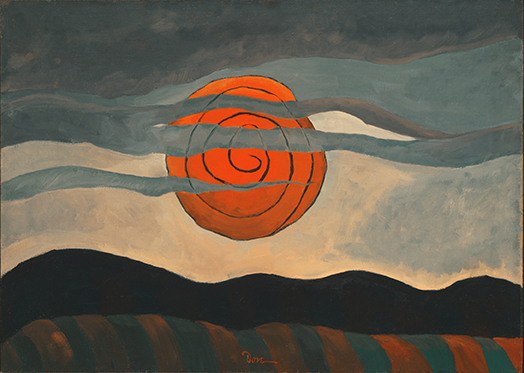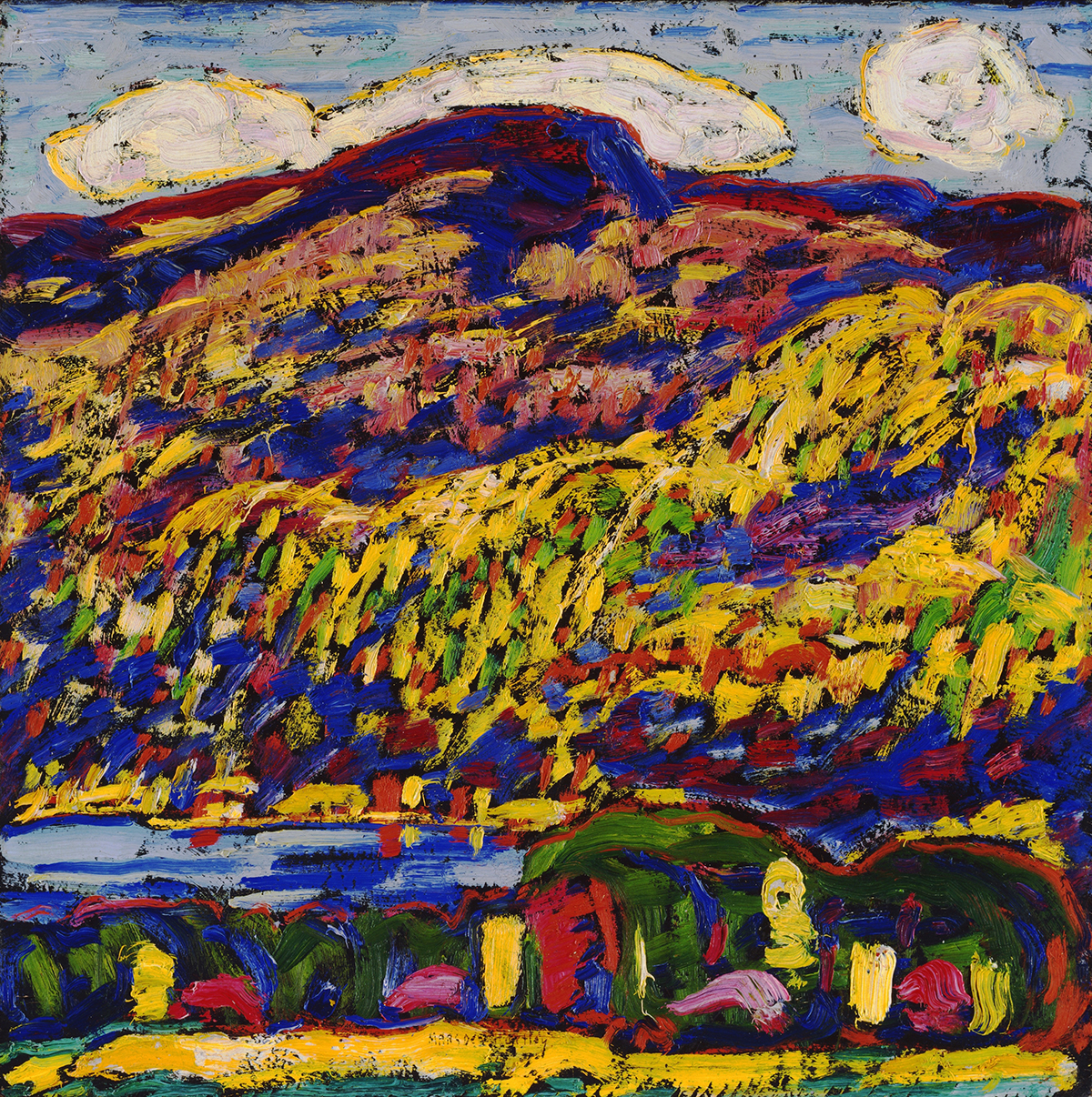
Why American modernism is older than you think
A new show adds weight to the argument that modernism came to the US decades before the Ab-Exers
Was Edward Hopper a modernist? Yes, says William C Agee in his book Modern Art in America 1908-68. The art historian argues that by the first decade of the 20th century Hopper had absorbed the avant-garde colour and form techniques of post-impressionists such as Cézanne and Seurat.
How about more traditional US painters, such as Thomas Eakins? Yes again, Agee says, at least in the sense that he helped a subsequent generation of artists focus on real, American subjects, rather than ape more ‘painterly’ European-style scenes.

Indeed, Agee’s overarching point, that modern art didn’t arrive in America following the end of WWII, but rather was developing concurrently on the far side of the Atlantic from the very beginning of the 20th century, is now becoming a more widely held view, even in Europe.
Museum Barberini in Potsdam, near Berlin, is currently hosting From Hopper to Rothko: America’s Road to Modern Art, an exhibition which demonstrates many of the points Agee has made, by explicitly setting out to “fill this gap” between early European modernism and the later, more widely recognised dominance of Abstract Expressionism, “by tracing the development of North American painting in the first half of the twentieth century.”

For this show, the Barberini has drawn from the Phillips Collection in Washington, D.C., calling in 68 works of early American modern art to be shown Germany for the first time.
These vary from the distinctly post-impressionist pieces by lesser-known artists such as Marsden Hartley (“America’s greatest early modernist” according to Agee), through to powerful pieces by widely recognisable mid-century figures, including Rothko and Alexander Calder.

Visually, it’s a treat, yet, from an art-historical point of view, the show is wonderfully engaging too – proof, if any more were needed, that modernism in America is a little older than we first thought. For more on this period, order a copy of Modern Art in America 1908-68 here.